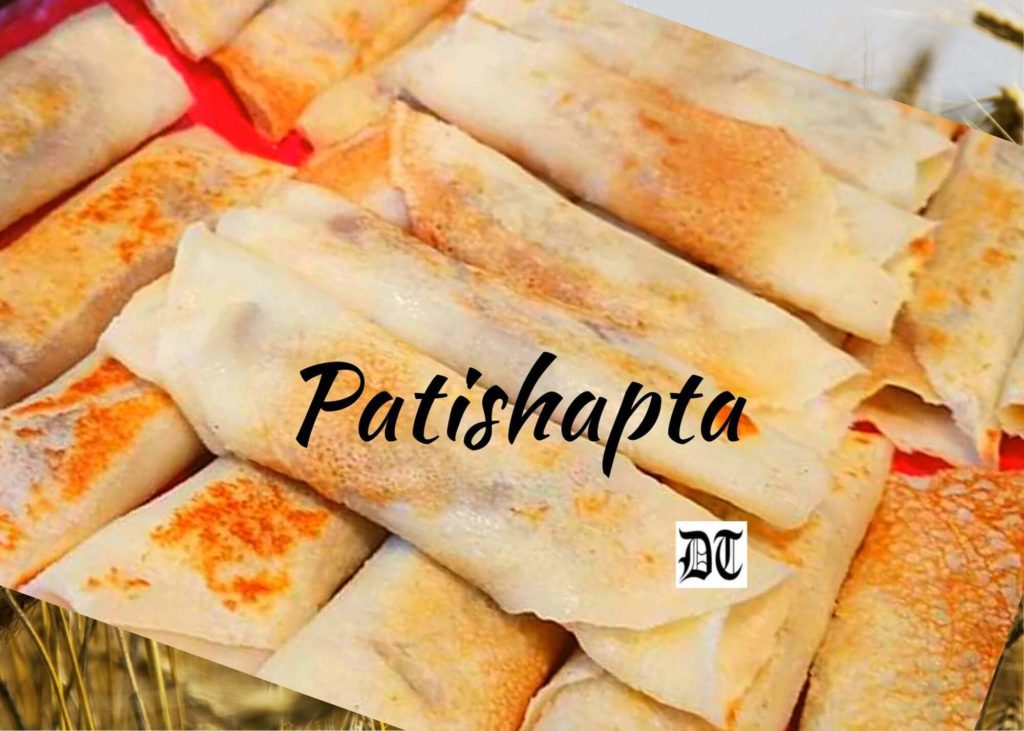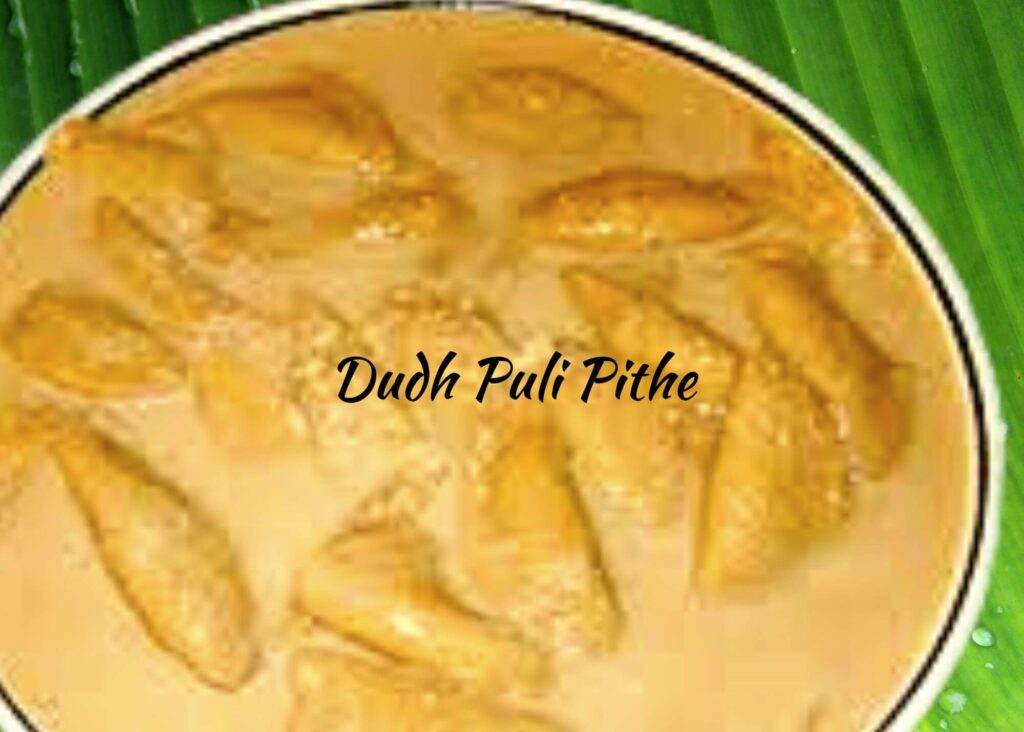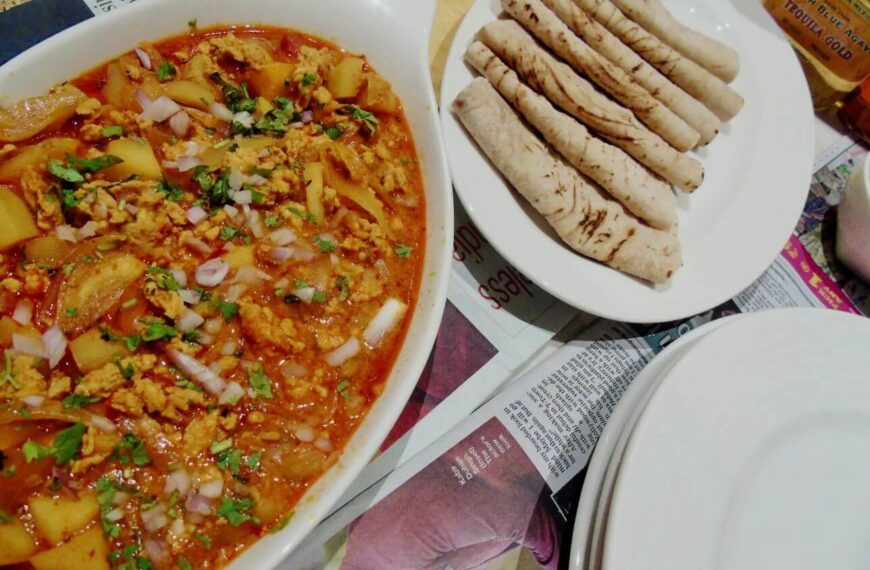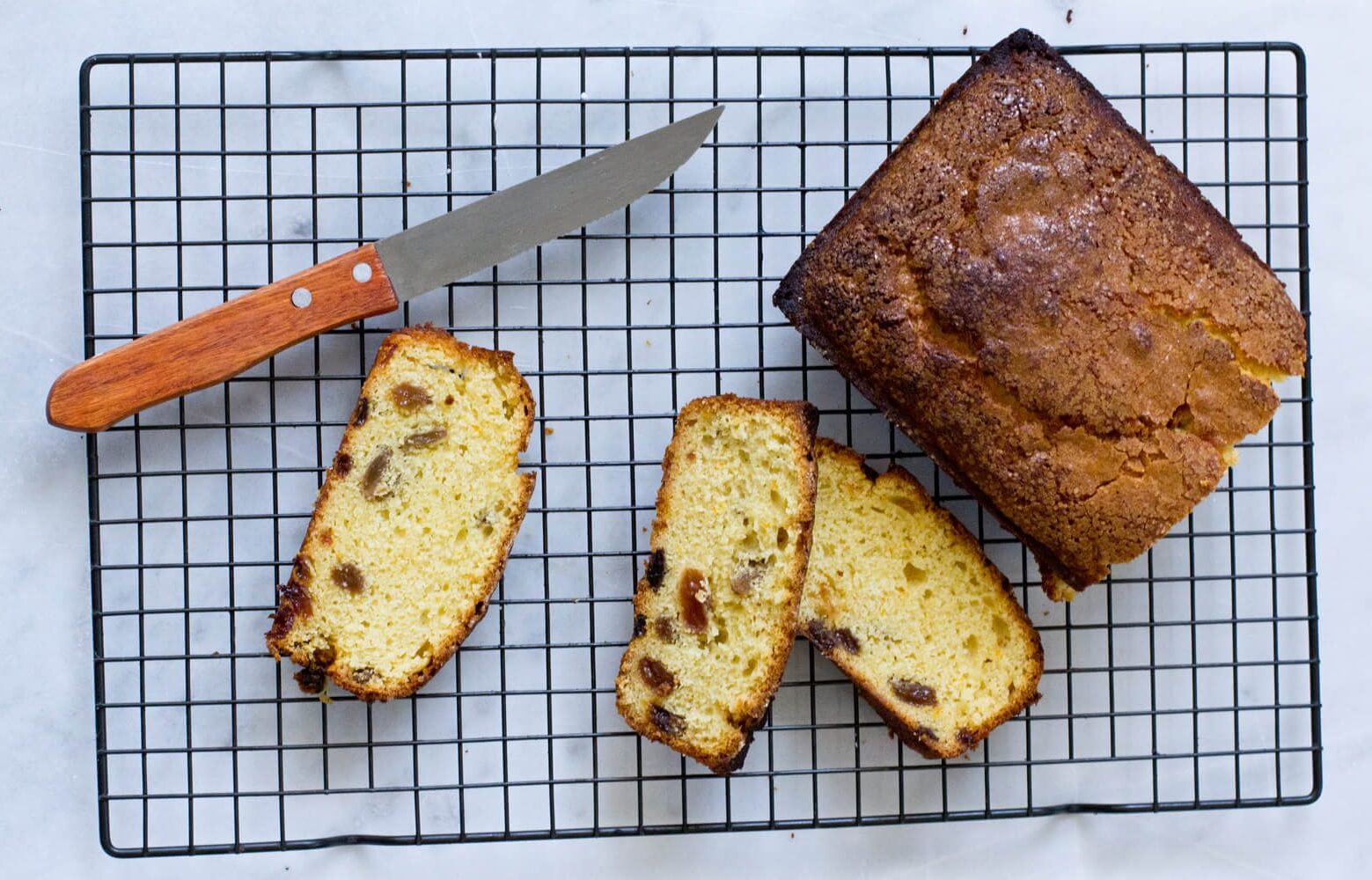In Bengal, winter festivities have special significance. The Pithe Pabbon, as it is known in the eastern state, is a part of the identity, woven into the collective memory. Here Anumita presents two recipes of Shankranti.
Throughout history, food has been a reason to celebrate. India is of no exception. During the month of January, Paush in the Hindu calendar, the celebration of new harvest marks the beginning of the sun’s journey over the Tropic of Capricorn or Makar. That gives it the name Makar Shankranti.
The entire country celebrates in different names. Lori in Punjab, Bhogali Bihu in Assam, Uttarayan in Gujarat, Pithe Pabbon in Bengal, Khichdi in Uttar Pradesh and Bihar, Shishur Saenkraat in Kashmir Valley, Makara Sankramana in Kanataka, Maghi in Haryana and Himachal Pradesh, Pongal in Tamil Nadu, Makara Shankranti in Maharashtra are the few names given to this auspicious celebration. Countries neighboring India chime in this celebration in their own way. Nepal has Maghe Shankranti, Thailand calls it Songkran, Pi Ma Lao in Laos, Myanmar has Thingyan, Moha Sangkran in Cambodia and Sri Lanka calls it Pongal or Uzhavar Thirunal.
In Bengal, Bangladesh included, the winter festivities have special significance. The Pithe Pabbon, as it is known in the eastern state, is a part of my identity, woven into the collective memory.
Shankranti brings alive the memories of our growing up years.
Shankranti brings alive the memories of our growing up years. In my mind’s eye, I still see my thakuma (paternal grandma), my boroma (paternal aunt) and my ma (mother) make Pithe, Patishapta, Malpoa, Dudhpuli, Payesh and many such delicacies. The use of Nolen Gur (date jaggery) instead of sugar, added an extra layer of flavor. The cold day of January was filled with the anticipation of the sweets to be devoured by us.
Now, I live in the United States. But the celebration of Shankranti still continues. To repeat a cliché, one may take a Bengali out of Bengal but can never take the Bengal out of a Bengali. In a distant land, across the proverbial seven seas and thirteen rivers, we recreate and relive our memories.
I would like to share the recipes of two of my favorites, Dudh Puli Pithe and Patishapta, with you. These are the quintessential Bengali sweets for the celebration of Makar Shankranti.
Cuisine: Ethnic Preparation time: about 45 mins Serves 10 to 12
Patishapta
Ingredients: For the Filling
- Ground coconut 2 ½ cups
- Cardamom powder ½ tsp
- Jaggery 1cup/ Sugar 1 ½ cups/ Condense milk 12oz.
- Khoya ½ cup (dry milk powder)
Ingredients: For the Crepe
- Rice flour 5tbsp
- Semolina 5tbsp
- All purpose white flour 1cup
- Frosting sugar 2tsp/powdered sugar 2tsp
- Ghee/white oil to fry
- Milk 1cup (use 1/2cup first and then add, if needed)

Preparation:
The filling needs to be prepared beforehand. In a deep bottom pan, roast the grated coconut for few seconds and add the jaggery/sugar/condense milk. Keep stirring till the sugar contents blends into the coconut and the mixture turns a bit sticky. Add in the khoya and stir till all blends in. Sprinkle the cardamom powder and keep aside.
In a bowl, mix rice flour, semolina, all purpose flour, frosting sugar/powdered sugar and milk and make it into a smooth batter. Be sure there are no lumps or dry bubbles in the batter. Heat a flat pan (tawa) and drizzle ghee/oil. Take a whole spoonful and drop it at the center of the pan. With the back of the spoon spread the batter into a bigger circle. As the crepe changes color take a spoon full of filling and place it at the center in an elongated fashion. Use the ladle to fold in one side over the filling and roll the crepe to seal in the filling.
Serve the hot or warm Patishaptas either dry or drizzled with some melted jaggery over it.

Cuisine: Ethnic Preparation time: about 45 mins Serves: 25-30
Pithes
Ingredients: For the filling
- Grated coconut 1cup
- Jaggery 1cup/ sugar 1 ¼ cups
- Cardamom powder 1tbsp
Ingredients: For the Pulis
- Rice flour 1lbs
- Salt just a pinch
- Warm water
Ingredients: For the Dudh
- Milk 4 ½ cups
- Jaggery 1cup/sugar 1 1/4cups
Preparation:
Similar to the Patishapta, the filling needs to be done before. In fact, the same filling may be used for both the dishes. In a deep bottom pan roast the grated coconut and then add in the jaggery/sugar and stir till they blend in perfectly. Sprinkle the cardamom powder and keep aside.
In a separate bowl, mix in rice flower with salt and fold in the water and knead. It should become tight dough, which is pliable yet hold together. Cover the dough with a cloth and keep it for some time. Take a small quantity of dough in your palm and flatten it. Add a spoonful of filling and then bring the sides of the dough together and press the seams together. Mold the whole thing into a crescent. Once all the Pulis are made, keep them aside covered with a cloth, so they do not dry up.
In a flat bottom pan pour in the milk, bring it to a boil and thicken a bit. Then turn down the heat and add in the jaggery. Once the jaggery melts and blends with the milk, add the pulis, one by one, and let it boil for about 15 minutes. Keep an eye so that the pulis do not break.
Serve it cold.
Photos by the Author








 By
By